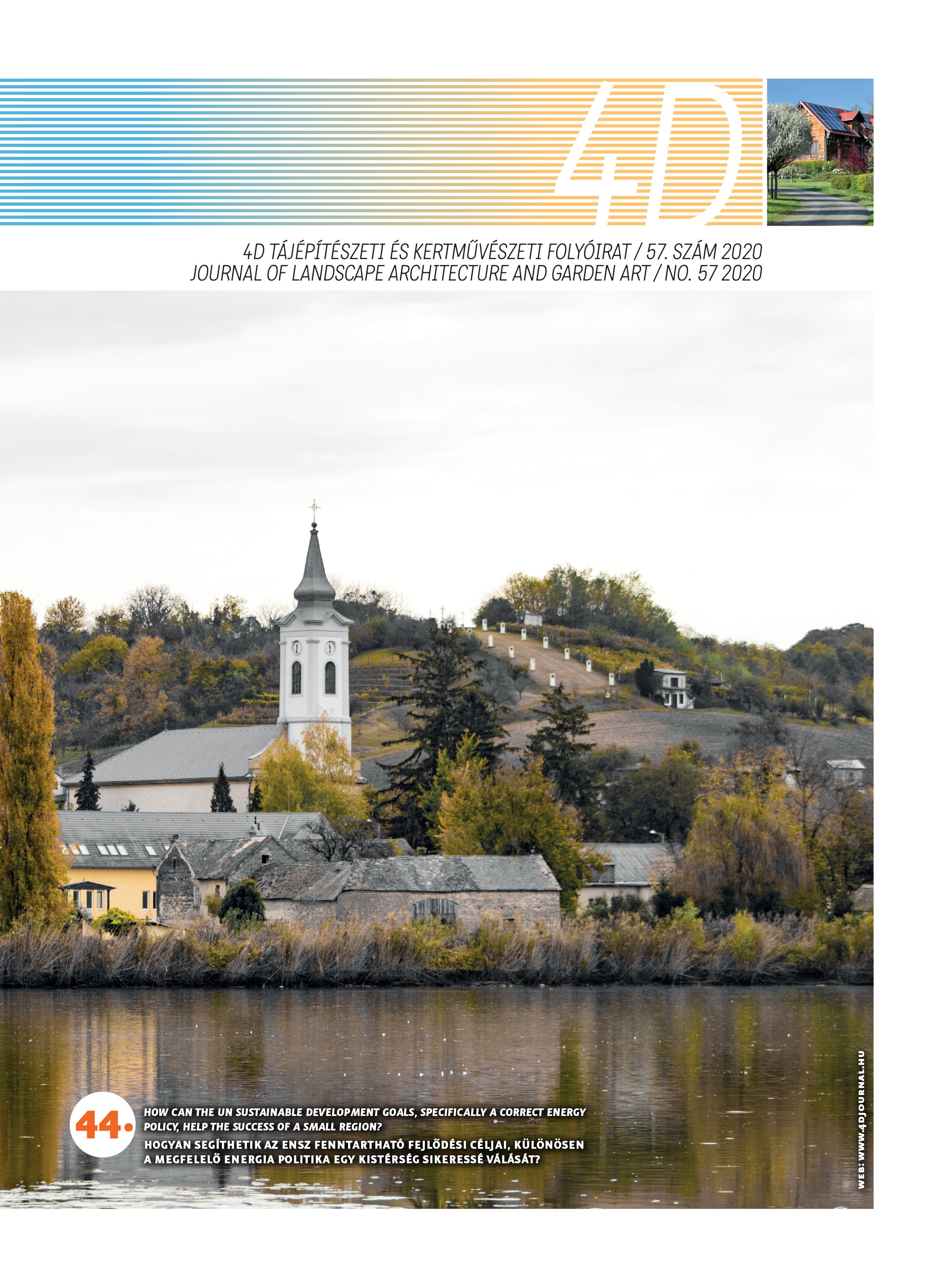Ecological aspects of traditional Chinese waterscape
DOI:
https://doi.org/10.36249/57.6Keywords:
Landscape ecology, Landscape heritage, Water management, Flood control, Sustainable landscapeAbstract
Water is a basic element of Chinese traditional landscape and the manage[1]ment of water resources had played an important role in the devel[1]opment of China's ancient civi[1]lization (Pengfei, Di, 2011) This paper presents four case studies in four specific geographical and climatic regions of China with the intention to provide a closer and detailed view of the water resources management in each locations, trying also to discover the ecological benefits and the common character[1]istics of the projects. The four case studies are: Jing-Hang Grand Canal (South Eastern China), Ganzhou City (Lower Yangtze Plain), Turpan City (North Western China) and Chengdu City (South Western China). The paper discusses and analyses the most important and representative water management projects of these areas, including: (1) the canal and moat system and its flood control project in Chengdu, (2) the water supply system in Turpan, (3) the water system combined with artificial canals and ponds in the city of Ganzhou and (4) the artificial river and multifunctional water system of Jing-Hang Grand Canal. In addition, the paper also sums up some drawbacks and lessons of the water resources management of ancient China.
Downloads
Published
Issue
Section
License
Copyright (c) 2020 Ning Dong Ge, Albert Fekete, Yang Yang

This work is licensed under a Creative Commons Attribution-NonCommercial-NoDerivatives 4.0 International License.
A folyóirat Open Access (Gold). Cikkeire a Creative Commons 4.0 standard licenc alábbi típusa vonatkozik: CC-BY-NC-ND-4.0. Ennek értelmében a mű szabadon másolható, terjeszthető, bemutatható és előadható, azonban nem használható fel kereskedelmi célokra (NC), továbbá nem módosítható és nem készíthető belőle átdolgozás, származékos mű (ND). A licenc alapján a szerző vagy a jogosult által meghatározott módon fel kell tüntetni a szerző nevét és a szerzői mű címét (BY).



